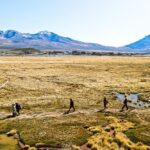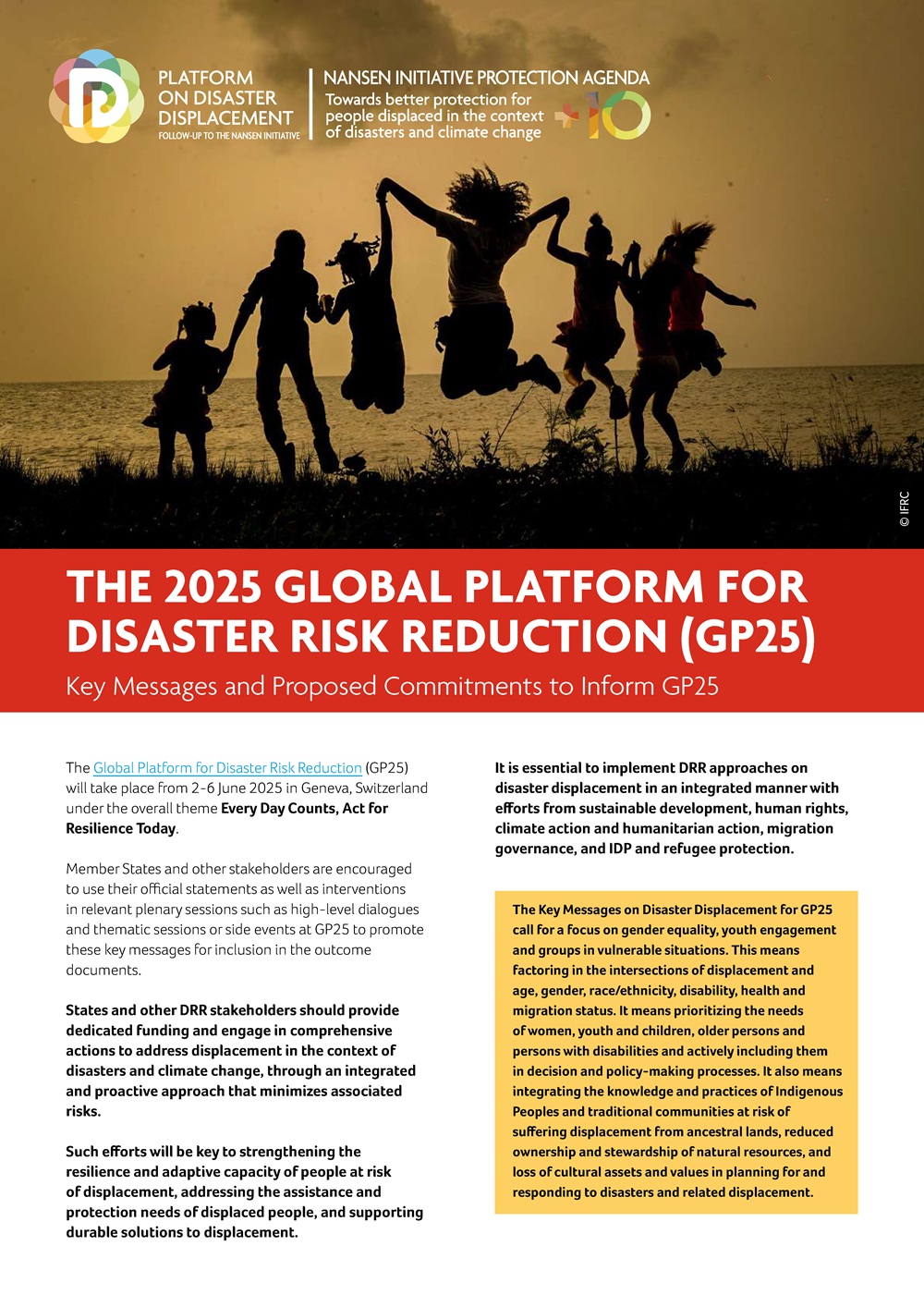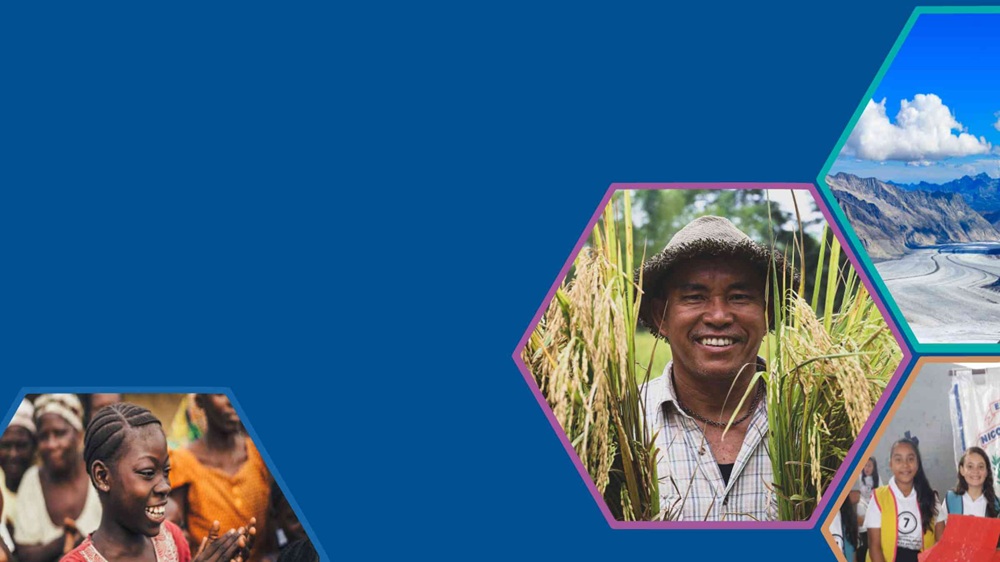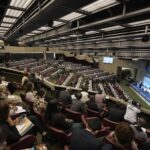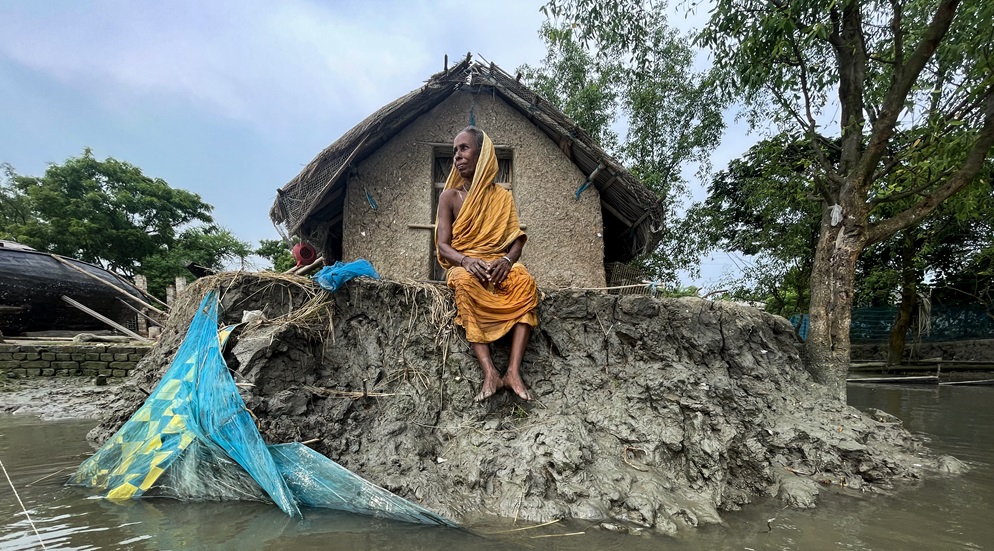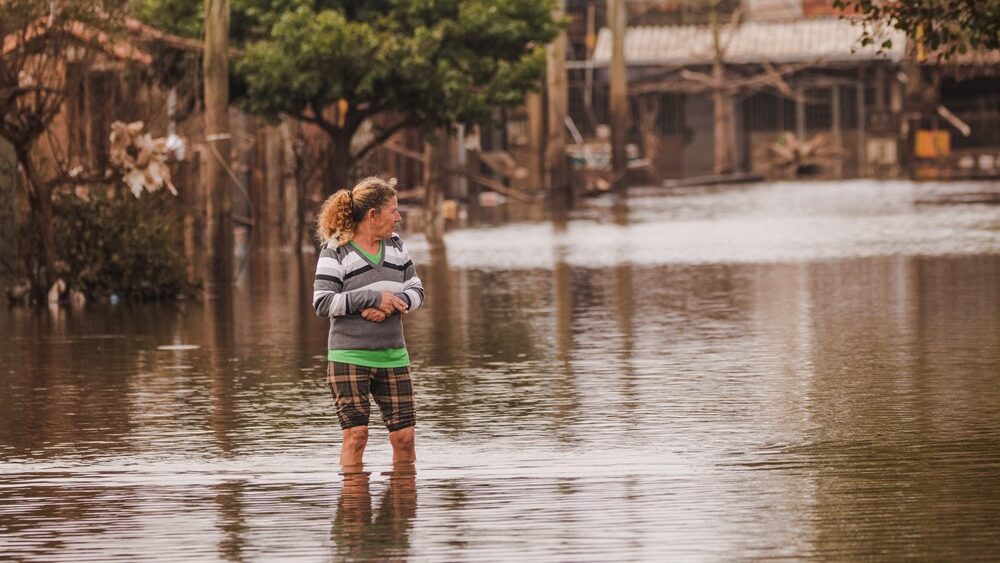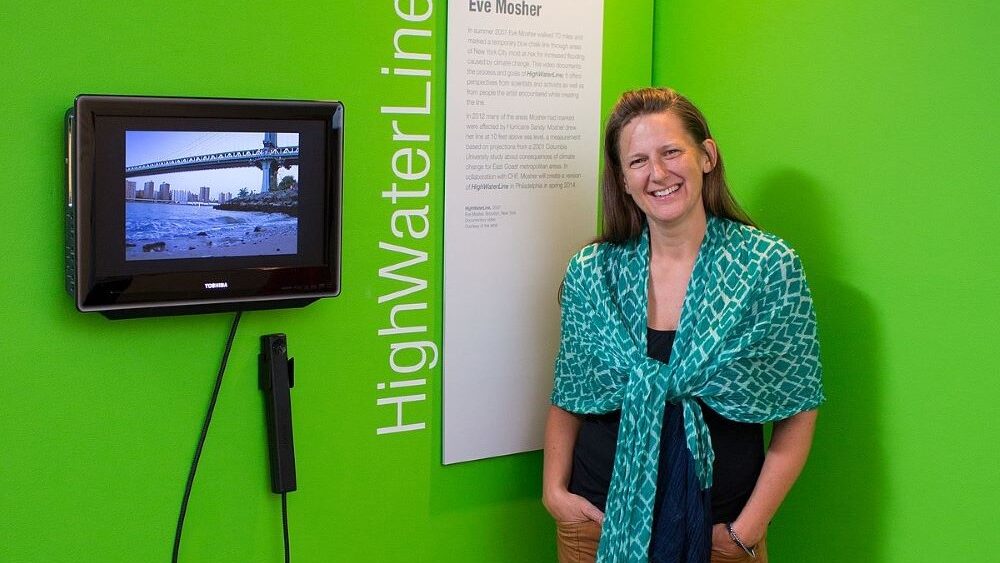The Global Platform for Disaster Risk Reduction (GP25) will take place from 2-6 June 2025 in Geneva, Switzerland under the overall theme Every Day Counts, Act for Resilience Today. Member States and other stakeholders are encouraged to use their official statements as well as interventions in relevant plenary sessions such as high-level dialogues and thematic sessions or side events at GP25 to promote these key messages for inclusion in the outcome documents. States and other DRR stakeholders should provide dedicated funding and engage in comprehensive actions to address displacement in the context of disasters and climate change, through an integrated and proactive approach that minimizes associated risks. Such efforts will be key to strengthening the resilience and adaptive capacity of people at risk of displacement, addressing the assistance and protection needs of displaced people, and supporting durable solutions to displacement.
It is essential to implement DRR approaches on disaster displacement in an integrated manner with efforts from sustainable development, human rights, climate action and humanitarian action, migration governance, and IDP and refugee protection. The Key Messages on Disaster Displacement for GP25 call for a focus on gender equality, youth engagement and groups in vulnerable situations. This means factoring in the intersections of displacement and age, gender, race/ethnicity, disability, health and migration status. It means prioritizing the needs of women, youth and children, older persons and persons with disabilities and actively including them in decision and policy-making processes. It also means integrating the knowledge and practices of Indigenous Peoples and traditional communities at risk of suffering displacement from ancestral lands, reduced ownership and stewardship of natural resources, and loss of cultural assets and values in planning for and responding to disasters and related displacement.
Key Messages
States and other stakeholders are called upon to:
- Integrate disaster displacement, and human mobility more broadly, within local, national, regional, international and global DRR policies and frameworks.
- Foster collaborative, effective and coherent implementation of national and local DRR and human mobility policies and strategies in line with human rights standards and relevant global and regional frameworks and strategies on sustainable development, human rights, climate action and humanitarian action, migration governance, and IDP and refugee protection.
- Better understand risks related to disaster displacement, collect disaggregated displacement data to identify context-specific conditions of vulnerability before, during, and after displacement, and use such information when developing preparedness, response and recovery plans and when reporting on and monitoring implementation of progress on DRR.
- Invest in raising awareness, building capacity, and increasing resilience of local, national and regional stakeholders to address disaster displacement through the exchange and application of effective practices, based on the assessment of risks and needs.
- Ensure the inclusion and meaningful participation of people and groups displaced or at risk of displacement as well as host communities in DRR planning and practice, promoting inclusive, whole-of-society initiatives to strengthen capacities and support local solutions.
- Better understand the full spectrum of economic and non-economic losses and damages related to displacement and address them in risk reduction efforts and through dedicated support and financing mechanisms.
- Consider potential future disaster displacement in all policies and planning processes that influence the patterns and duration of future displacement, such as urban and rural planning, housing, public infrastructure, social protection, and access to essential services, in order to comprehensively address protection needs and durable solutions as part of risk reduction, disaster preparedness, response and building back better.
Commitments for States and Other Actors for GP25
Member States are encouraged to express the following commitments in their official statements and interventions in relevant sessions:
Strengthening Governance of Human Mobility in the Context of Disasters and Climate Change
- Continue developing and updating local, national and regional DRR strategies, policies and plans with provisions on disaster displacement.
- Ensure that the implementation of DRR policies and strategies is coherent with human rights, and policies and strategies on climate change action, sustainable development, peace and security, humanitarian assistance and protection, migration governance, refugee protection etc.
- Designate a governmental focal point or coordination mechanism on disaster displacement to facilitate information-sharing and coordination within and across ministries, between the local and national level, and with civil society, affected communities and other partners.
- Ensure that laws, policies, strategies and plans on internal displacement cover persons internally displaced in the context of disasters and adverse effects of climate change and strengthen efforts to achieve durable solutions for them.
- Develop policies, institutional frameworks and tools for participatory, rights-respecting planned relocation processes as a measure of last resort in DRR policy and practice.
Strengthening Capacities for Preparedness and Implementation
- Scale up inclusive, people-centered multi-hazard early warning systems (MHEWS) and early action mechanisms to save lives and prevent displacement as well as avoidable loss and damage.
- Apply and share effective DRR practices and learning, including the use of comprehensive, climate-informed risk assessments, anticipatory action, and other preparedness measures in order to prepare for safe and timely evacuations when necessary, adopt coordination and planning measures to respond to displacement and assist affected populations (including ensuring access to essential services and psychosocial support), and support their safe, voluntary and dignified return, local integration, or settlement elsewhere as part of pathways to durable solutions.
- Enhance the capacity to protect displaced persons in diverse settings, paying particular attention to those with specific protection needs during all stages of their displacement.
- Prepare for cross-border disaster-displacement through regional and transboundary cooperation, preparedness and joint contingency planning, improving access to humanitarian assistance and protection of their human rights, as per the Nansen Initiative Protection Agenda.
- Strengthen provisions and implement measures to ensure secure access to land, housing and tenure for people displaced or at risk of disaster displacement.
- Mobilize adequate and accessible financial resources to address displacement in line with existing frameworks and strategies on climate change and DRR, as well as sectoral and territorial policies that cover infrastructure provision and employment, education, health and livelihood issues; including by leveraging climate finance, development aid, humanitarian funding, domestic budgets, and private sector resources, and exploring innovative financing mechanisms.
Improving the Evidence Base on Disaster Displacement and Associated Risks
- Improve disaster displacement data collection by monitoring all stages of displacement including protracted situations and progress towards durable solutions, disaggregating displacement data by age, gender and other cross-cutting considerations, and promoting standardized, comparable methodologies, in line with the right to privacy and data protection standards.
- Develop national targets and indicators on new and existing disaster displacement, for national reporting and to inform the Sendai Framework Monitor, in line with the Sustainable Development Goals.
- Enhance access to data and evidence on potential displacement and other forms of human mobility, including through the development of disaster displacement risk models and scenarios, leveraging climate science, and integrating the knowledge, views and experiences of affected communities and most vulnerable people.
Cover photo: © IFRC, Dominican Republic



